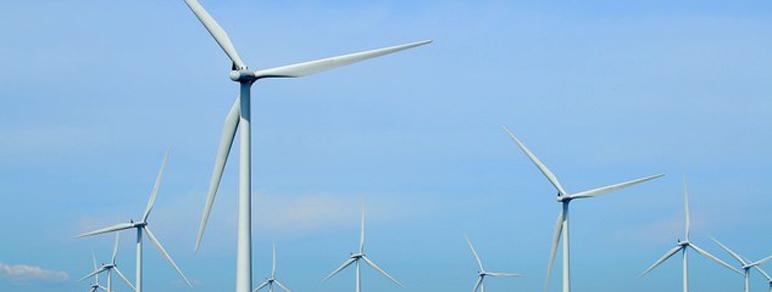EU greenhouse gas emissions at lowest level since 1990
European Union (EU) greenhouse gas emissions continued to decrease in 2014, with a 4.1% reduction in emissions to 24.4% below 1990 levels, according to the EU’s annual inventory published today by the European Environment Agency (EEA).
"It is positive that Europe has been able to reduce greenhouse gas emissions substantially since 1990. It is an important step towards reaching our 2030 and 2050 climate targets. To accelerate the transition towards a low-carbon society, we need to further boost our investments in technology and innovation aimed at reducing our dependence on fossil fuels."
Hans Bruyninckx, EEA Executive Director
The figures come from the EU annual greenhouse gas inventory submitted to the United Nations. In absolute terms, greenhouse gas emissions have decreased by 1383 million tonnes (Mt) in the EU since 1990, reaching 4282 Mt of CO2 equivalents in 2014.
Hans Bruyninckx, EEA Executive Director, said: "It is positive that Europe has been able to reduce greenhouse gas emissions substantially since 1990. It is an important step towards reaching our 2030 and 2050 climate targets. To accelerate the transition towards a low-carbon society, we need to further boost our investments in technology and innovation aimed at reducing our dependence on fossil fuels."
The reduction in greenhouse gas emissions over the 24-year period was due to a variety of factors, including the growing share in the use of renewables, the use of less carbon intensive fuels and improvements in energy efficiency, as well as to structural changes in the economy and the economic recession. Demand for energy to heat households has also been lower, as Europe on average has experienced milder winters since 1990, which has also helped reduce emissions according to an analysis linked to the inventory.
Other findings
- The overall reduction of 24.4% in greenhouse gas (GHG) emissions, 23% including international aviation, was accompanied by a 47% increase in gross domestic product (GDP).
- GHG emissions decreased in the majority of sectors between 1990 and 2014. Emission reductions were largest for manufacturing industries and construction (-372 Mt), electricity and heat production (-346 Mt), and residential combustion (-140 Mt).
- Not all sectors were able to reduce emissions. Road transport, responsible for the largest increase in CO2 emissions, grew by 124 Mt from 1990-2014, and 7 Mt from 2013-14.
- Emissions from international transport (aviation and shipping), which are not included in national totals reported to UNFCCC, also increased substantially between 1990 and 2014 (93 Mt).
- Emissions of hydrofluorocarbons (HFCs), which is a group of GHG gases used in the production of cooling devices such as air conditioning systems and refrigerators, also increased (99 Mt).
- EU GHG emissions were cut by 185 Mt between 2013 and 2014 (4.1%). The reduction in emissions was mainly due to lower heat demand by households due to the very warm winter in Europe. The increase in non-combustible renewables, particularly from wind and solar power also contributed to lower emissions in 2014.
About the report
The European Union greenhouse gas inventory is an annual report compiled by the EEA covering emissions of carbon dioxide, methane, nitrous oxide and fluorinated gases from 1990 to two years before the current year. It is the official submission of the EU to the United Nations Framework Convention on Climate Change (UNFCCC). It also constitutes the official submission of the EU plus Iceland under the second commitment period of the Kyoto Protocol. In autumn, the EEA will publish early estimates for the 2015 emissions in the EU, and also a trends and projections report, looking ahead to assess progress against emissions targets.
More information
- Annual European Union greenhouse gas inventory 1990–2014 and inventory report 2016
- Analysis of key trends and drivers in greenhouse gas emissions in the EU between 1990 and 2014
- EEA greenhouse gas data viewer
- Total greenhouse gas (GHG) emission trends and projections indicator (CSI010)
- Note on different emission estimates
Source: http://www.eea.europa.eu/
Image © Kristian Poulsen, Picture2050/EEA

